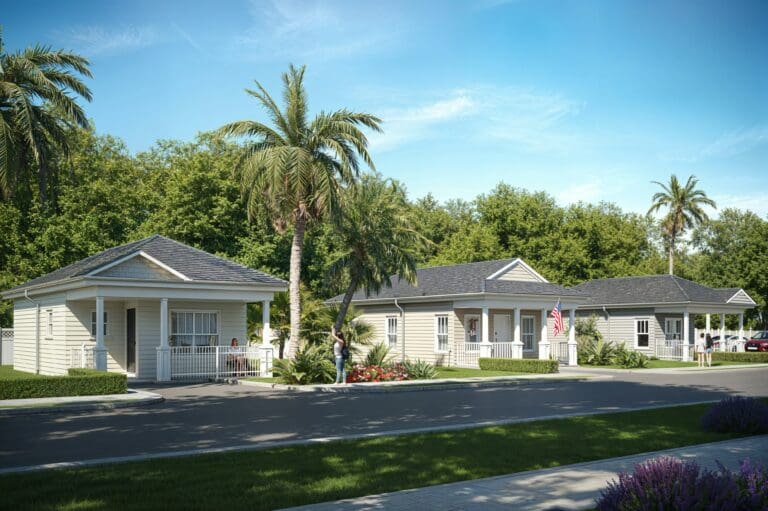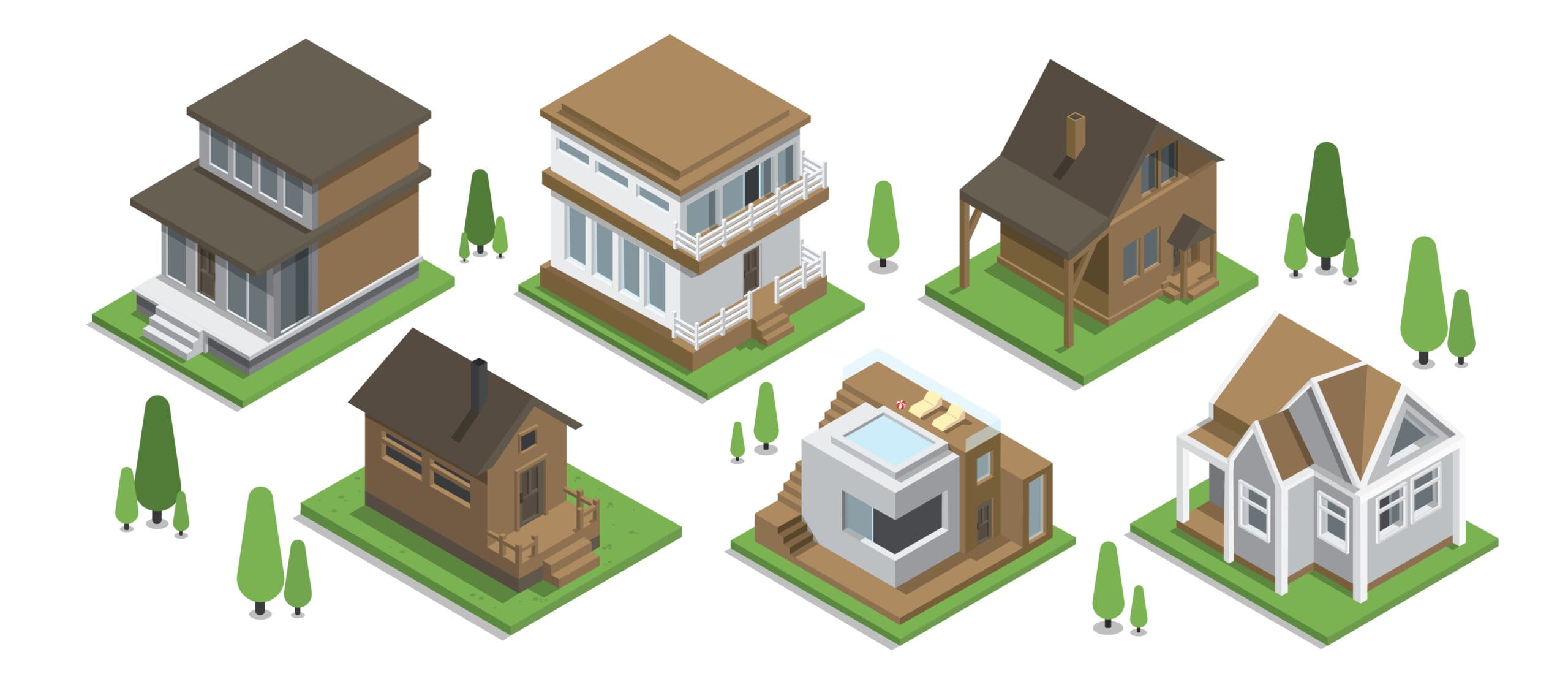Tiny home communities are emerging as a popular housing solution in Florida, offering a unique blend of affordability, sustainability, and community living. These communities consist of small, efficiently designed homes that typically measure less than 400 square feet. Their primary purpose is to provide cost-effective and environmentally friendly housing options while fostering a sense of community among residents.
In recent years, tiny homes have gained significant popularity in Florida, driven by various societal and economic factors. The rising cost of traditional housing has made homeownership increasingly unattainable for many, prompting individuals to seek alternative living arrangements. Additionally, the growing awareness of environmental issues has encouraged people to adopt more sustainable lifestyles, including living in smaller, more energy-efficient homes. The flexibility and simplicity offered by tiny homes appeal to those seeking a minimalist lifestyle, further fueling the trend.
Benefits of Tiny Home Living
One of the most compelling advantages of tiny home living is its affordability. Compared to traditional housing, tiny homes require significantly lower upfront costs and maintenance expenses. This makes them an attractive option for first-time homeowners, retirees, and those looking to downsize. The reduced financial burden allows residents to allocate resources to other priorities, such as travel, education, or retirement savings.
Tiny homes also offer substantial environmental benefits. Their smaller size means they consume fewer resources and generate a smaller carbon footprint. This aligns with the growing emphasis on sustainable living practices.
Beyond the financial and environmental advantages, tiny home communities provide a strong sense of community. Shared amenities, such as communal gardens, recreational areas, and co-working spaces, encourage interaction and collaboration among residents. This fosters a supportive and inclusive environment, enhancing the overall quality of life for those who choose this lifestyle.
Challenges Facing Tiny Home Communities
Despite their many benefits, tiny home communities face several challenges, particularly in Florida. Zoning laws and regulations can pose significant obstacles to the development and expansion of these communities. Many areas have strict zoning codes that do not accommodate tiny homes, limiting their placement and growth.
Infrastructure and services also present challenges. Tiny homes require reliable access to water, electricity, and sewage systems, which may not be readily available in all locations. This can increase the complexity and cost of establishing new communities.
Financing and insurance for tiny homes can be more complicated than for traditional homes. Many financial institutions are unfamiliar with this housing model, leading to limited options for mortgages and insurance coverage. This can deter potential residents from pursuing tiny home living.
Social challenges, such as adjusting to a smaller living space and navigating community dynamics, may also arise. Living in a tiny home requires a shift in mindset and lifestyle, which can be difficult for some individuals to embrace fully.
Notable Tiny Home Communities in Florida
Florida is home to several notable tiny home communities, each offering unique features and amenities. In Orlando, the “Orlando Lakefront” community provides residents with lakefront views and a range of shared amenities, including a clubhouse and laundry facilities. In Tampa, the “Escape Tampa Bay Village” emphasizes sustainability with solar-powered homes and communal gardens.
Miami’s “Tiny House Village” is known for its vibrant community events and initiatives, fostering a strong sense of belonging among residents. These communities often host workshops, social gatherings, and sustainability-focused events to engage residents and promote a sense of community.
Considerations for Potential Residents
Before moving into a tiny home community, potential residents should thoroughly research community rules and regulations. Understanding these guidelines is crucial to ensure a smooth transition and harmonious living experience. Factors such as location, climate, and proximity to work or family should also be considered.
When evaluating potential communities, it is essential to assess the community culture and values. Finding a community that aligns with personal beliefs and lifestyle preferences can significantly impact the overall satisfaction of living in a tiny home.
Cost of living is another critical consideration. While tiny homes are generally more affordable, potential residents should evaluate all associated expenses, including utilities, maintenance, and community fees, to ensure they align with their budget.
Future of Tiny Home Communities in Florida
The future of tiny home communities in Florida looks promising, with several trends and developments on the horizon. As the demand for affordable and sustainable housing continues to grow, it is likely that more communities will emerge across the state. Potential changes in legislation could also play a significant role in shaping the future of these communities, with advocates pushing for more flexible zoning laws to accommodate tiny homes.
Technology and innovation are expected to further influence the tiny home movement. Advances in construction techniques and materials could lead to even more efficient and sustainable tiny homes. Additionally, cultural shifts towards minimalism and sustainable living are likely to increase the acceptance and growth of tiny home living.
In conclusion, tiny home communities offer a viable and appealing housing solution for many Floridians. While challenges remain, the benefits of affordability, sustainability, and community living make tiny homes an attractive option for those seeking a simpler, more environmentally conscious lifestyle. As this trend continues to gain momentum, tiny home communities are poised to play a significant role in Florida’s housing landscape.
One and Only Tiny Homes can significantly aid Florida’s growing tiny home communities by providing expertly designed, sustainable homes. Contact us to learn more.


